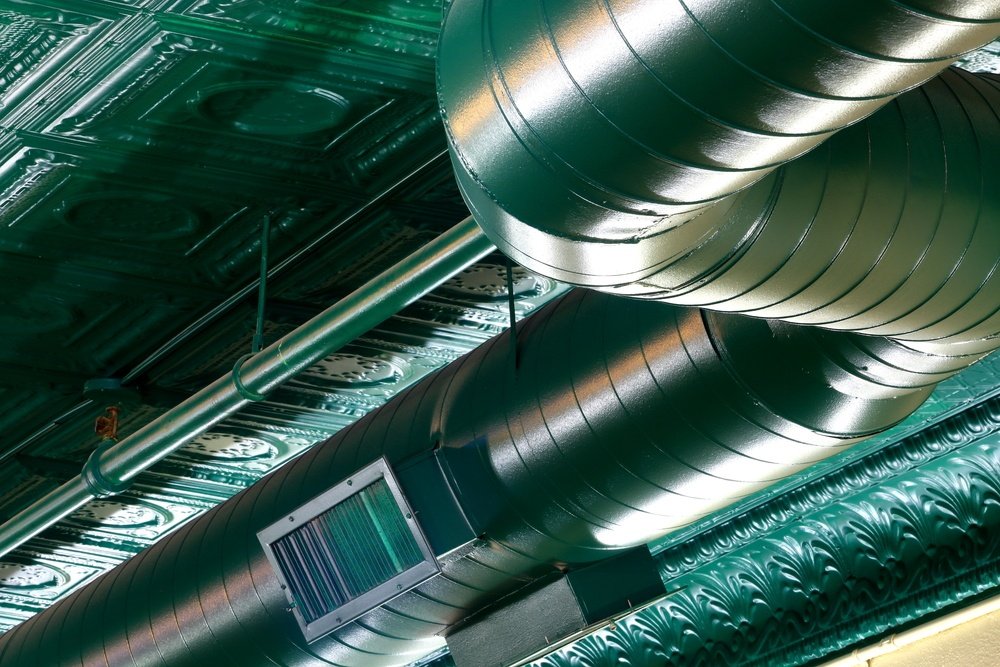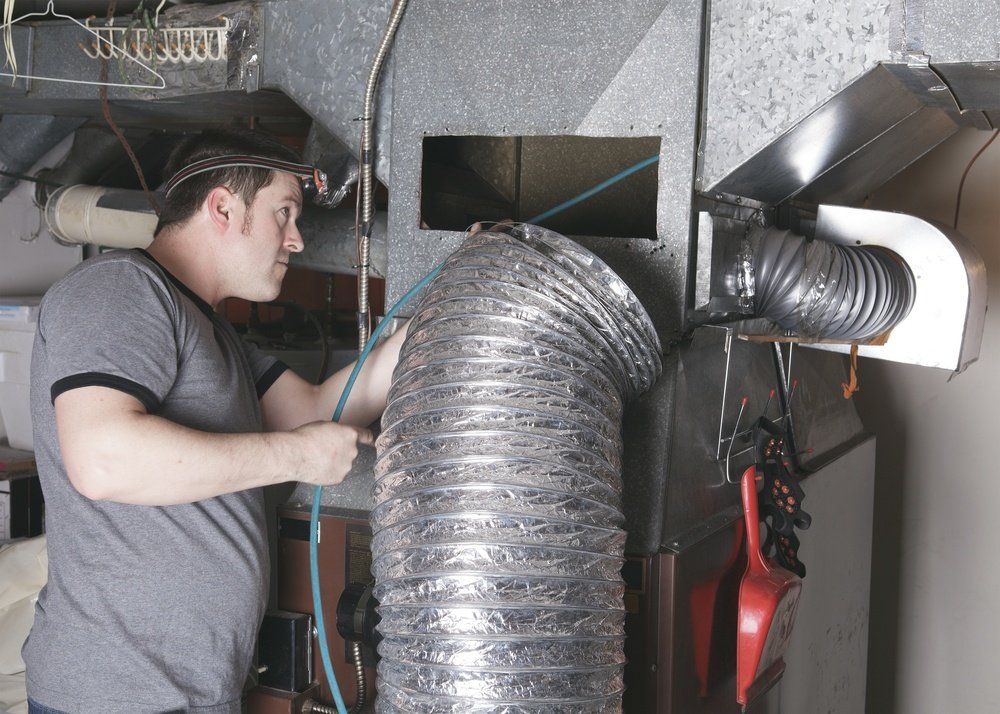The Types of Ducts in a Home

What is a duct? A duct is used to transport cool or warm air throughout your home, regulating the temperature and making you feel comfortable. Ducts are connected to the source of heating and cooling in your home and empty their air contents through vents located around your home. Do you know which type of duct you currently have in your home?
Flexible Ducts
This duct is less expensive than others and easier to install, making it a popular choice for builders and renovators. Unlike rigid ducts, these are made with a spring steel wire helix covered by a thick, durable plastic. The spring coil allows the duct to squeeze into tight spaces, making it the go-to duct when rigid options aren’t feasible. Because of the flexibility in these ducts, it’s important to carefully install to avoid excessive twists, kinks or sags that could affect performance.

Rigid Ducts
Rigid ducts come in fiberglass, fiberboard and sheet metal options. Although these durable ducts are more reliable for long-term use, their stiffness makes each of these options more difficult to install, especially in small spaces where some flexibility in the duct is preferred.
Sheet Metal
These are by far the most common type of rigid ducts and are comprised of galvanized steel or aluminum. Although sheet metal ducts are the most durable of all rigid ducts, their solid, thick surface traps air, dust and other particles in the duct and could lead to mold or other growths over time. Many of the galvanized steel options are also available with insulation wrapped around the duct for extra protection against air leakage.
Fiberboard
These well-insulated ducts are made of fiberglass strands held together by resin with foil exteriors to serve as a barrier. Although these ducts are well-insulated because of the foil, the interior surfaces are rough to the touch which could impact air quality and efficiency over time. Similar to the sheet metal options, the solid barrier created by this duct could lead to long-term mold growth.
Fiberglass
Fiberglass ducts are a form of sheet metal ducts lined either on the interior, exterior or both with fiberglass. To protect the air, the interiors of these ducts are sealed so fiberglass cannot make its way into the flowing air stream. However, because of this sealed lining, these ducts can be very difficult to clean. Intense cleaning can cause the sealant to deteriorate which leaves the air quality at risk of being contaminated with fiberglass particles. Because the fiberglass lining drowns out sounds caused by the heating and cooling system, this choice is often used in commercial or office buildings.
The quality of air ducts impacts your energy savings and air quality within the home, so be sure to properly clean ducts as needed. It is estimated that around 40 pounds of dust are created in the home every year, and the heating and cooling system re-circulates this contaminated air on a daily basis.
What does that mean for you? Even if you’ve made improvements to other parts of your home to be more energy efficient, your ducts could still be causing you problems. Clean your ducts to reduce contaminants in the air, increase airflow and therefore, lower your energy bill.


